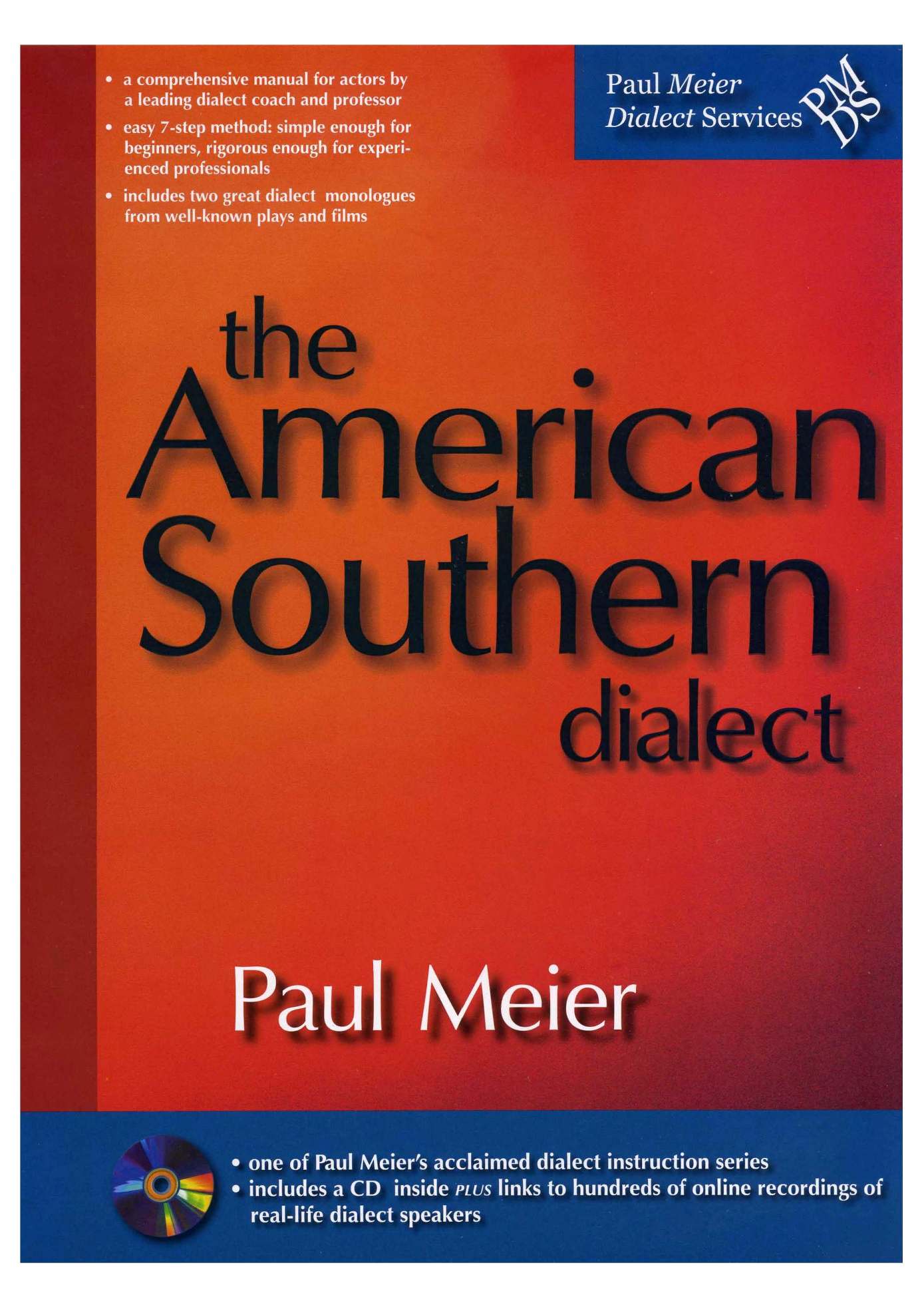
The Speech Accent Archive has sample sound clips organized by an interactive map.
These are two distinctive cities in this region. Listen to how differrent they are!
The library has several CDs in the Dialect & Spoken Word collection related to the Northern dialects.
 The American Southern dialect of Western Kentucky, Southern Illinois, Northern Tennessee & Eastern Missouri
by
Paul Meier.
The American Southern dialect of Western Kentucky, Southern Illinois, Northern Tennessee & Eastern Missouri
by
Paul Meier.
 Acting with an accent. American Southern [sound recording]
by
David Alan Stern
Acting with an accent. American Southern [sound recording]
by
David Alan Stern
This is the “classic southern” accent that you typically see in films about Civil War or Plantation life. In contemporary times, the accent is arguably dying out.
Prominent Features:
This is the other Southern dialect, sometimes perceived as more guttural. You hear this accent amongst Appalachian natives, Texans, Tennesseeans and many others.
Prominent Features:
Here are some examples of Southern Dialects in action:
Jerry Lee Lewis' speech is an example of Coastal/Lowland Southern English.
Kacey Musgraves' speech is an example of Inland/Mountain Southern dialect.